Every great film poster has layers – the literal layers that combine to make up a clear central visual, but also the metaphorical layers of story that the designer uses to fire our imaginations and leave us wanting more.
But sometimes the story of a film or TV show might invite a more undisguised use of layers – adding visual complexity and depth – along with all the emotional and narrative implications that come with these styles. These stories are a gift for designers. Because – whilst these posters are often breathtaking – the best ones have something deeper at play – and this kind of story doesn’t come along too often.
In this article, I’ll examine what types of story can benefit from a multi-layered approach to poster design and take a look at some powerful and memorable examples.
An Extra Dimension
Stories which explore different realities or perspectives – often through the mind of the central character – can be beautifully and powerfully represented through a multi-layered approach. Often these narratives simultaneously explore the character’s shifting sense of self so using a silhouetted version of the protagonist to contain these different visuals can add an even deeper meaning. This style is also enhanced by strongly contrasting colour palettes for the different layers.
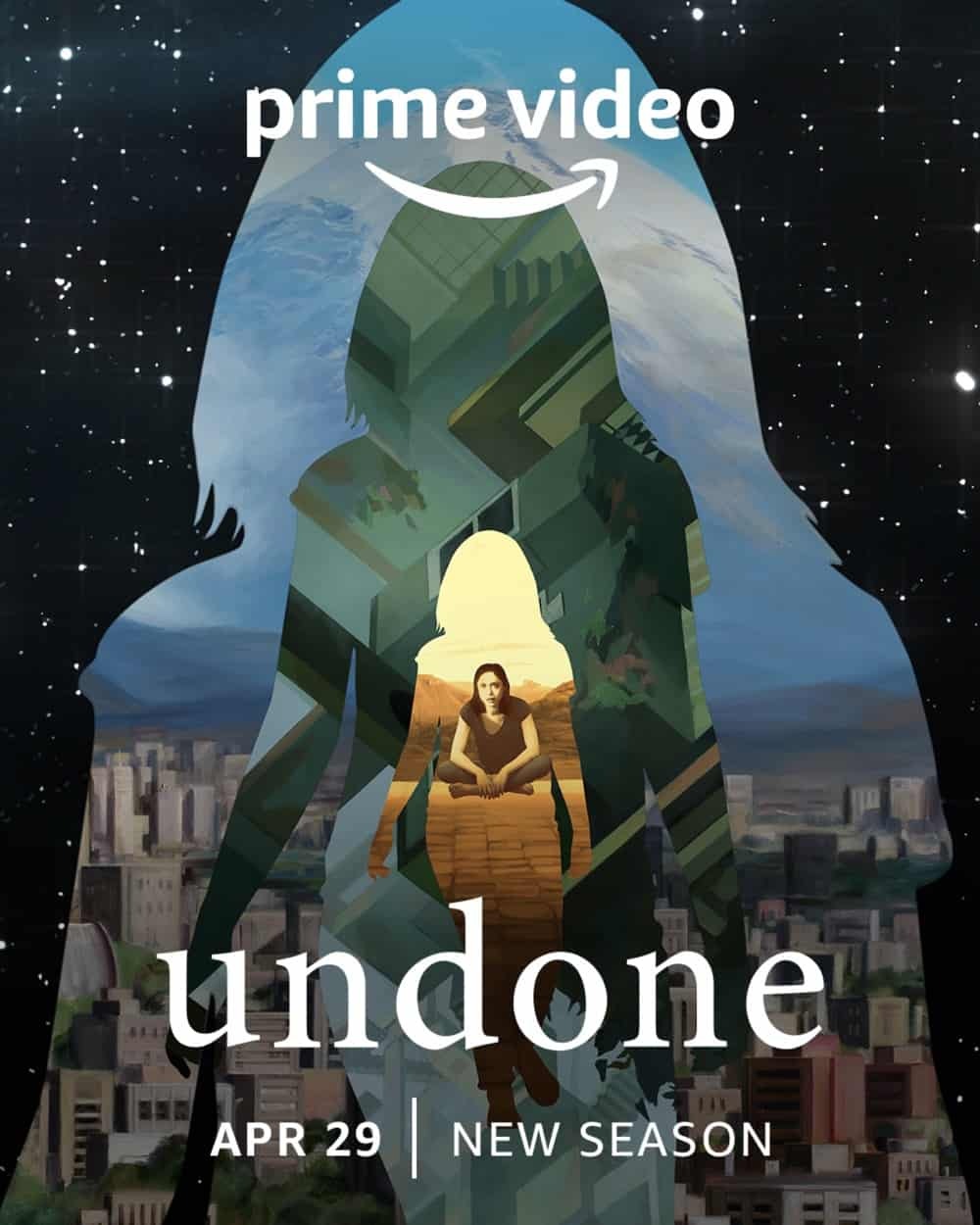
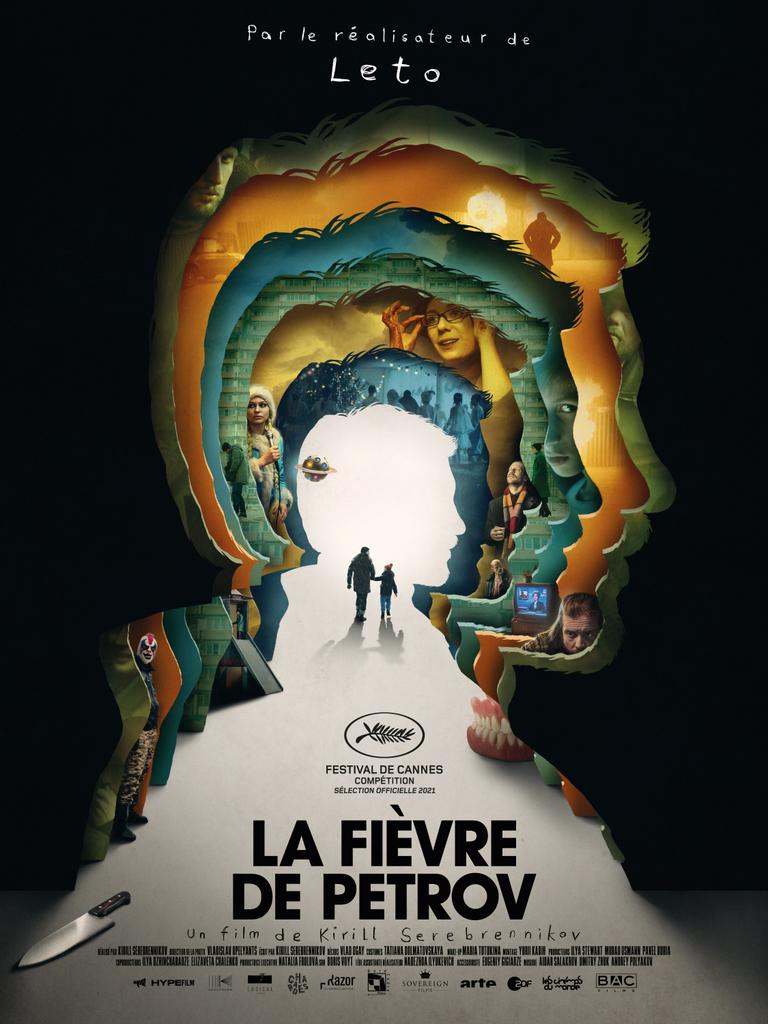
Time and Time Again
Plots that play with time – for instance, through things being ‘reset’ – can benefit from the use of layered design. This could be happening to world around the central character as in Russian Doll or to the character themselves – for instance Robert Pattinson’s many clones in Mickey 17. This technique usually uses duplicated layers to convey the repetitious nature of the world of the film. By contrast, visually different layers could be used to emphasise a character’s growth over the course of the film.
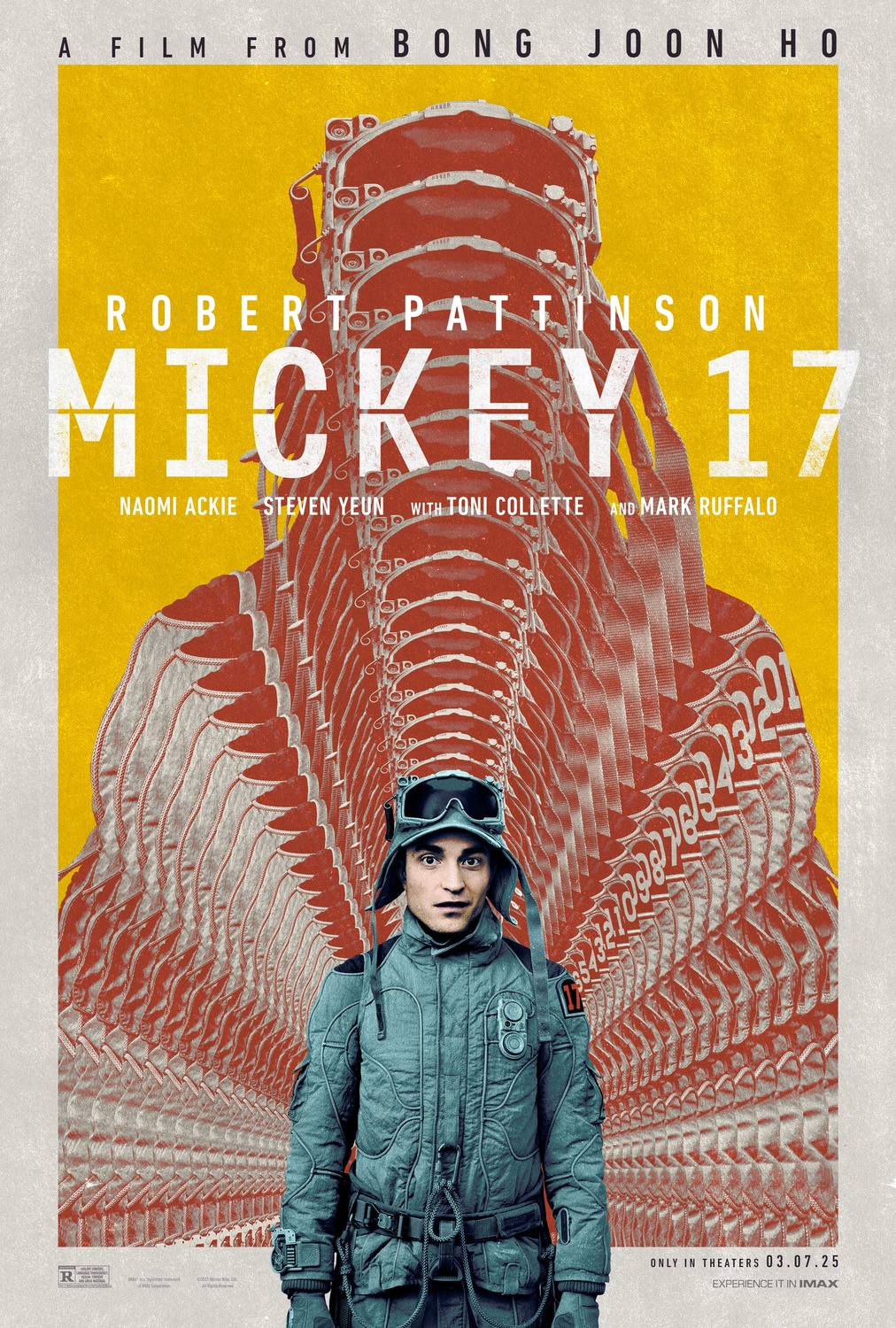
Poster design by MOCEAN
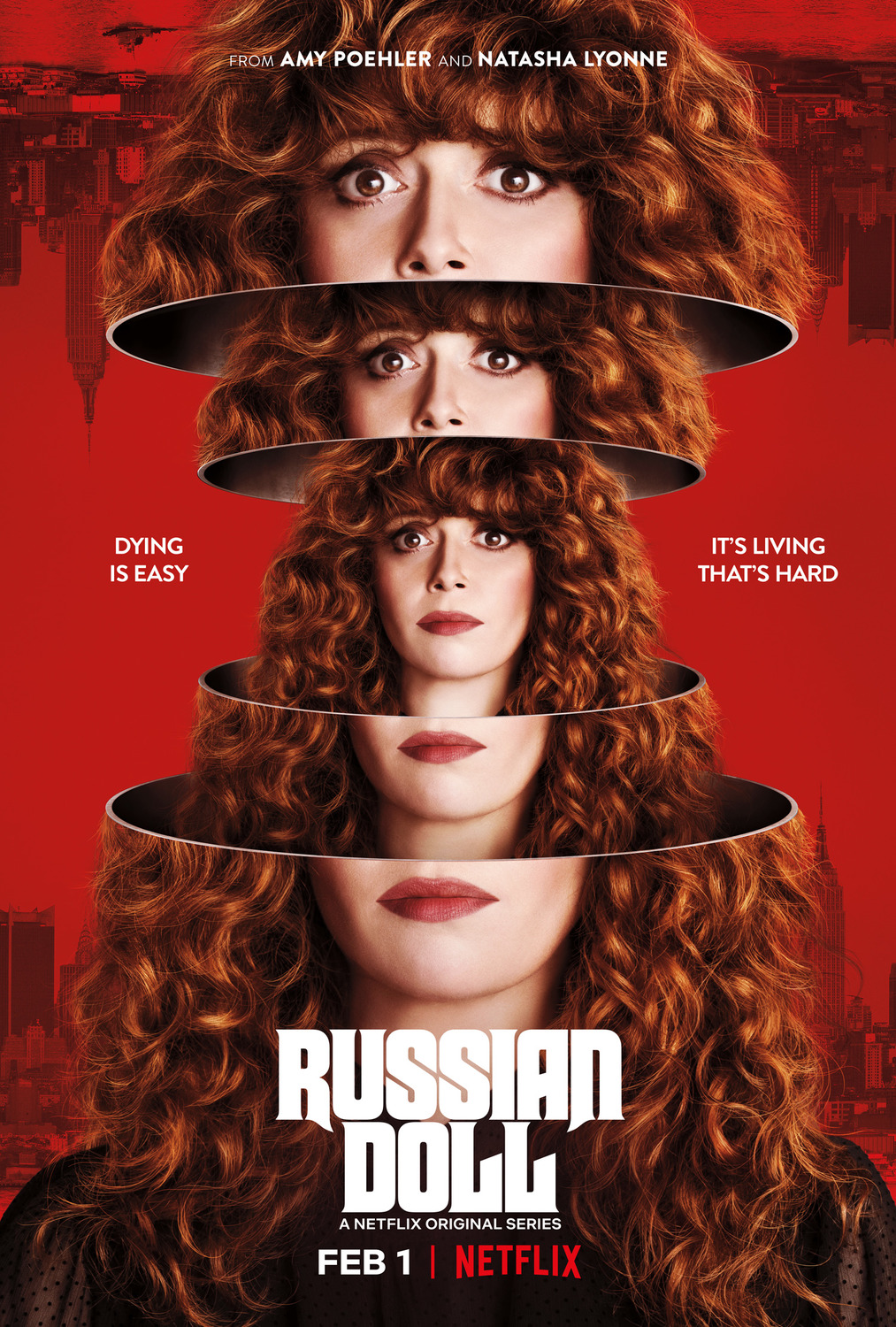
Poster design by Art Machine
What Lies Beneath
The shocking world of a horror film is usually a surprise to the characters in the story and a layered poster can give us a tantalising peek into this underlying world, teasing the experience to come. Depending on the focus of the narrative, this is likely to be the environment of the film or perhaps an innocent victim. Either way, it’s a lot creepier and more memorable for being ‘revealed’ as opposed to on the surface.
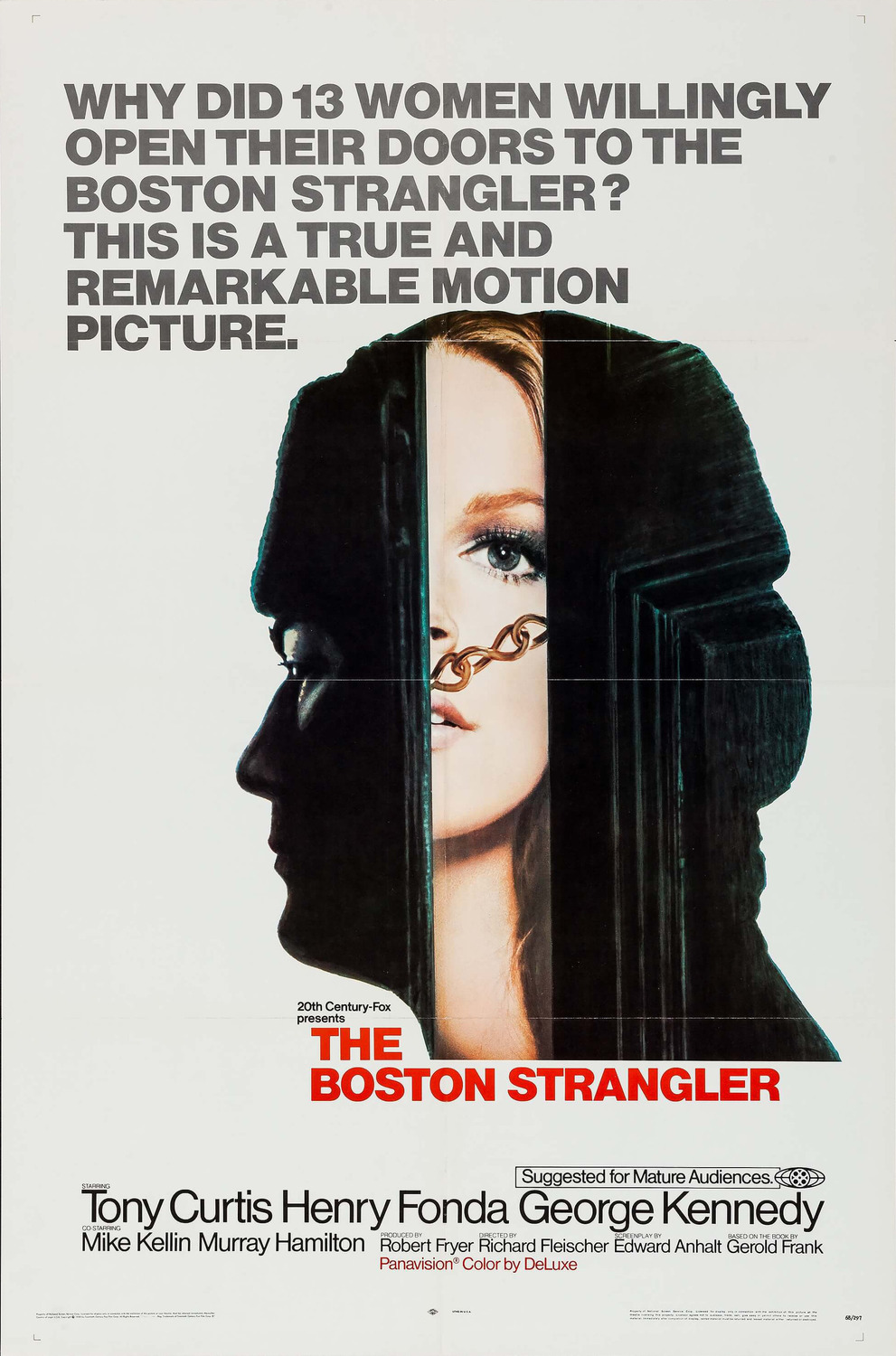
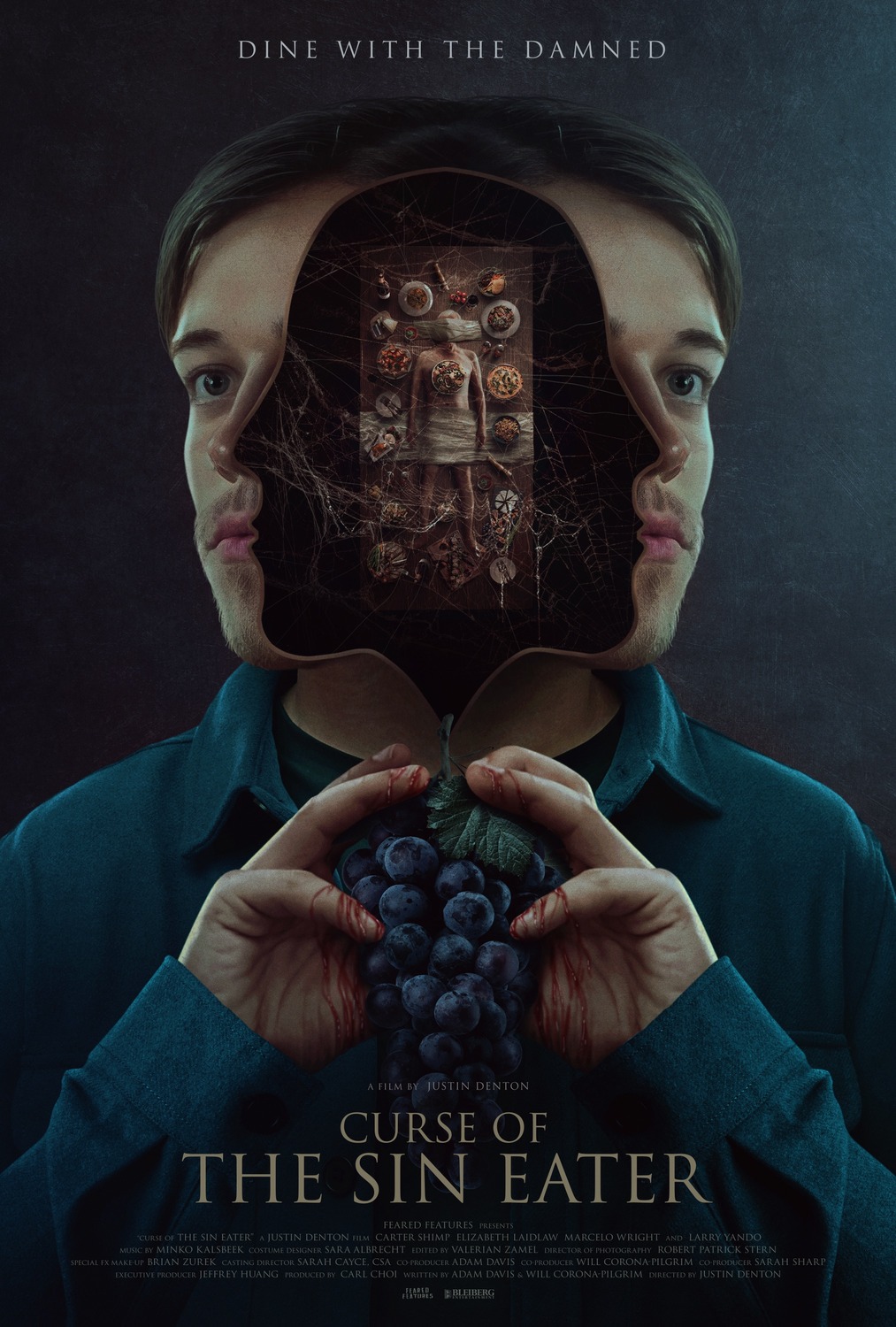
Poster design by MOT
Crossing Paths
Films or TV series which weave connections between people can work well as layered posters which communicate the intertwining nature of the narrative. These links could be subtle and open to interpretation as in the trio of stories presented in Kinds of Kindness or it could be overt and tragic like Animal Humano where a young boy and a young calf grow up destined to face each other in a bullfight – leading to the designs being expressed very differently.
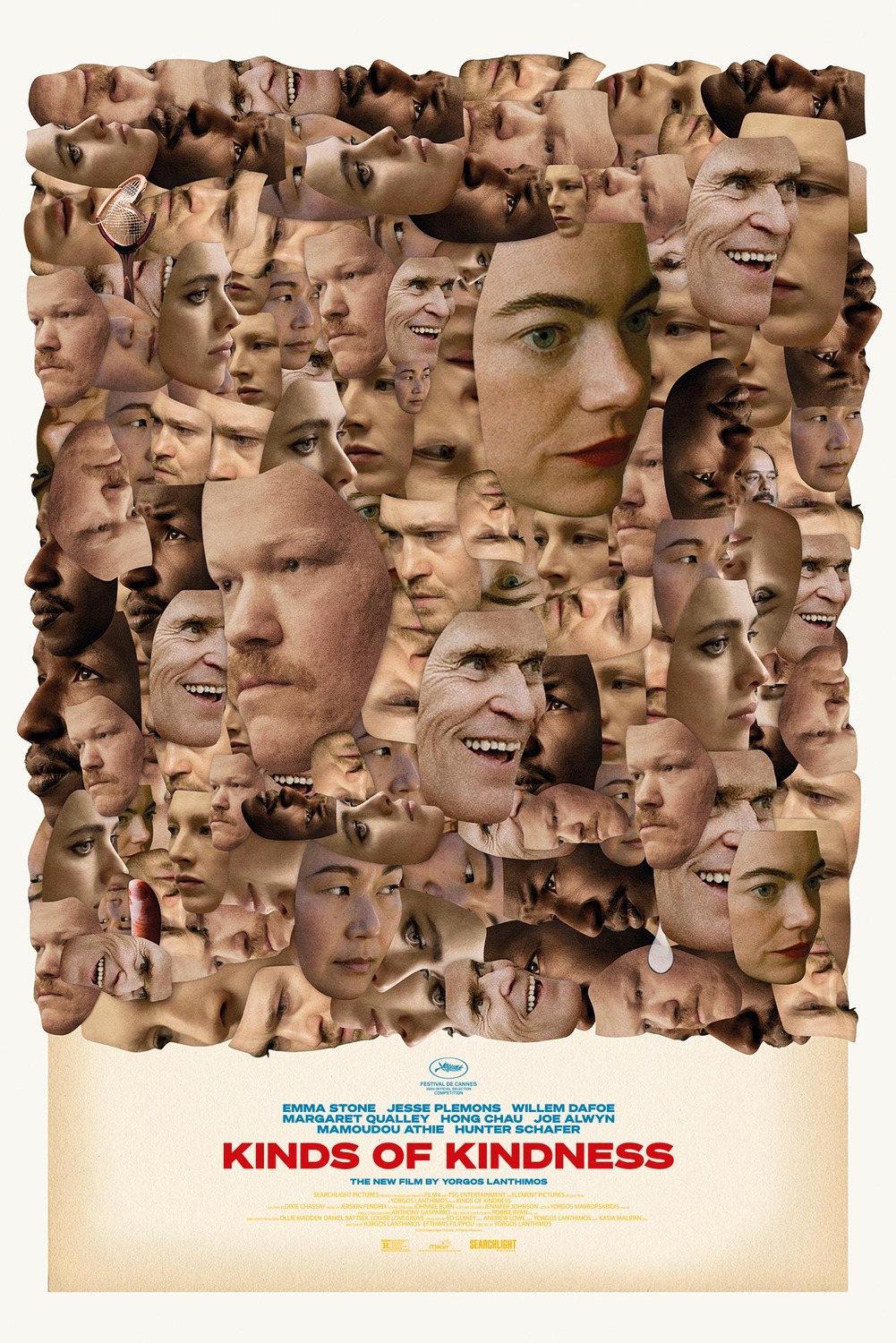
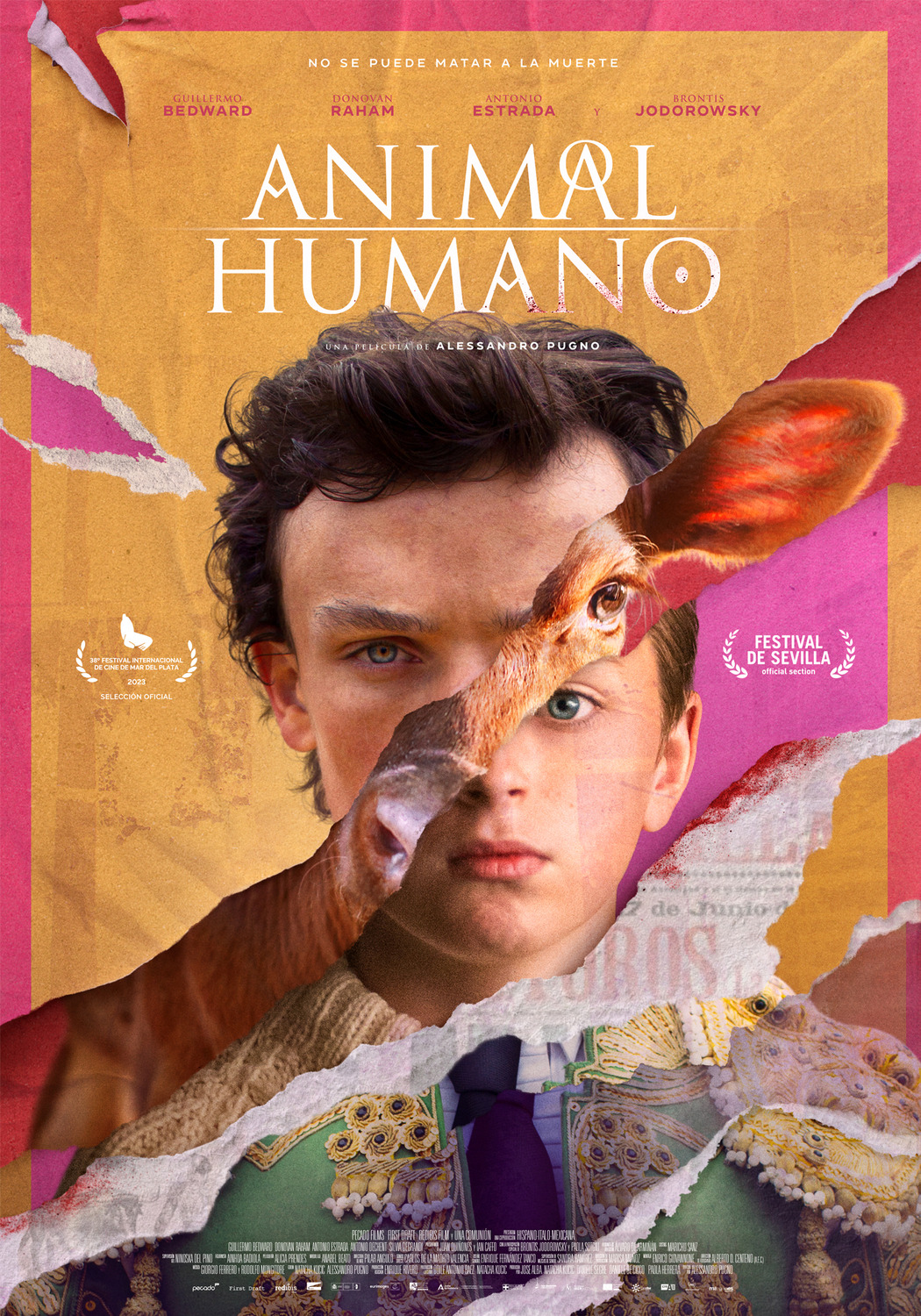
Poster design by Pedro Cabañas
At the Back of My Mind
Curiosity about what is really going on in a person’s mind is one of the reasons that humans love stories. A layered poster can convey everything from inner thoughts, internal darkness or simply the multi-faceted nature of a person, making this style a dynamic choice for a story with strong psychological aspects or hidden emotions.
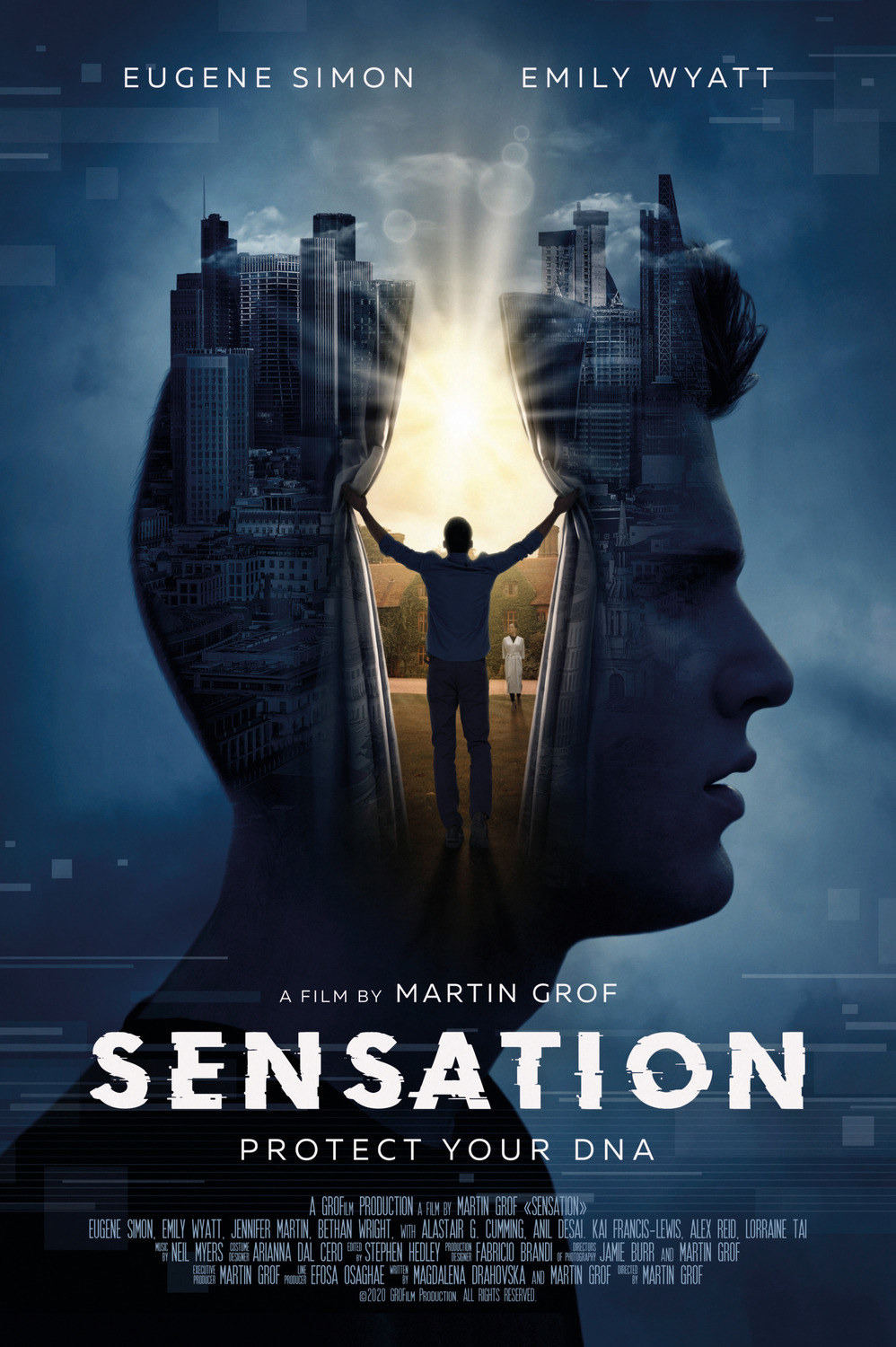
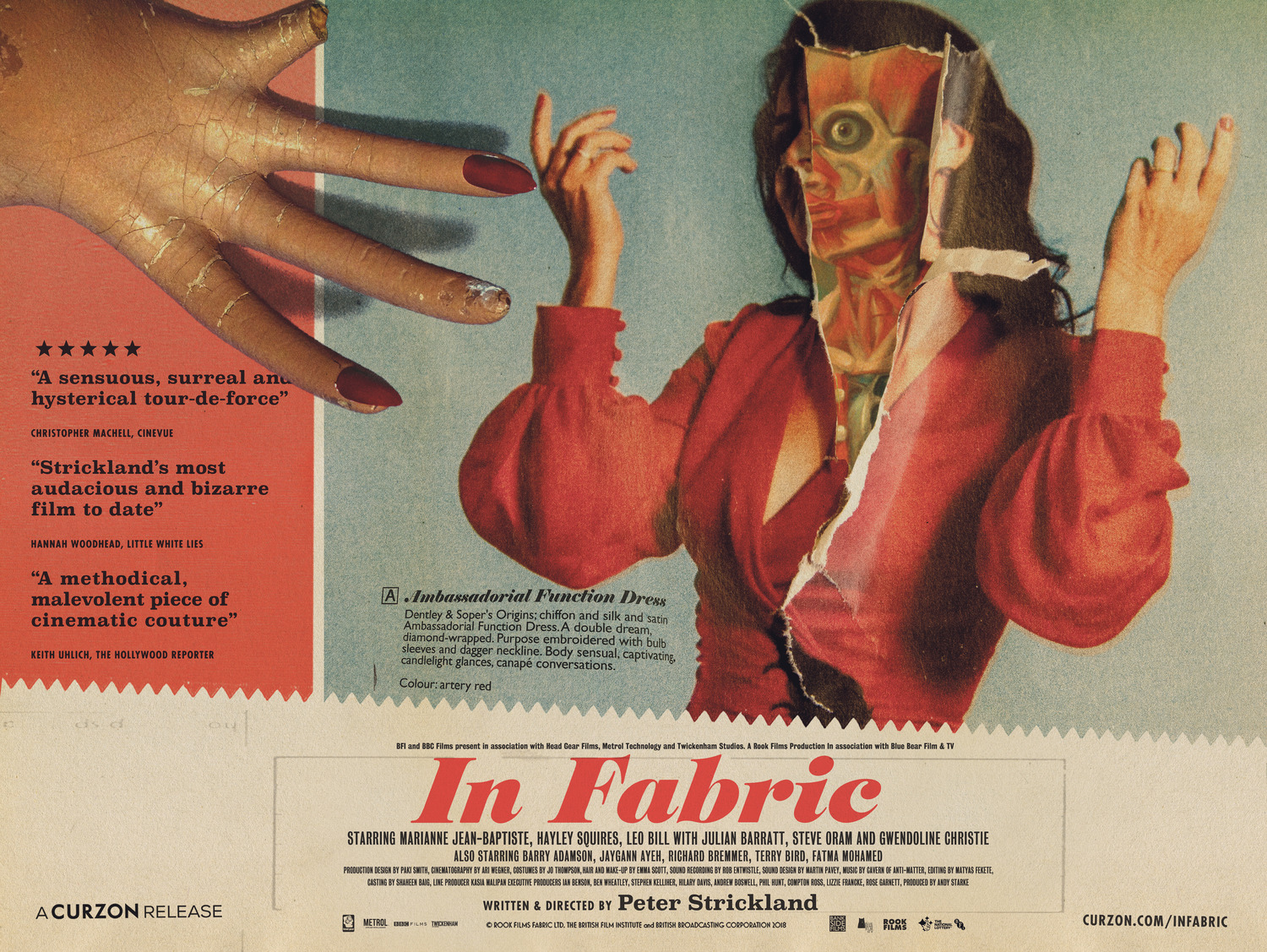
Poster design by Intro
Different posters incorporating this idea are as varied and complex as the different posters themselves, but they do have their similarities. What are your feelings about this style? Is it just too much to make a striking poster design or does it leave you wanting more? It’s definitely not for every film and I’d love to see any examples of great posters that I’ve missed. Share your thoughts and examples in the comments!
If you need key art and design services for your latest TV or film project, I’d love to find out more. Drop me a line anytime at adam@strelka.co.uk.


